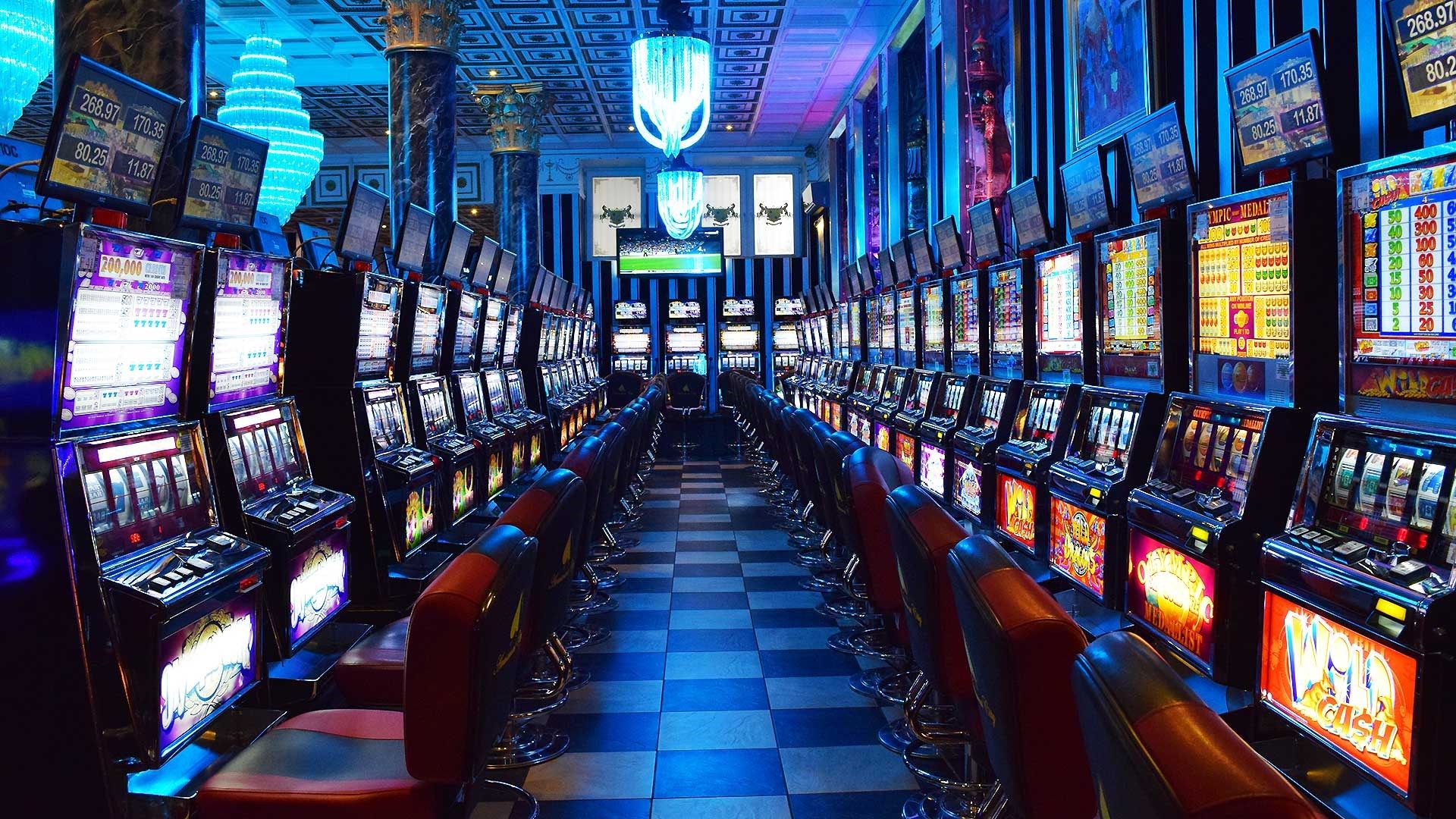How Gaming Establishments Use Color and Style to Attract Participants

Within the vibrant and stimulating world of gaming establishments, wherein luck and tactics intertwine, hues and design play a key role in drawing in players. From the moment players step inside a casino or log into a gaming website, they are enveloped in a sightly feast that captures their attention and lures them to discover more. Vivid colors, engaging graphics, and creative layouts are meticulously crafted to create an atmosphere of excitement and expectation, ultimately enhancing the gaming experience.
As players move through the dynamic landscape of casino games, they come across a range of designs that not only serve aesthetic purposes but also affect feelings and decision-making. Colors like scarlet and yellow symbolize wealth and fortune, while soothing blues and emeralds can create a more relaxed environment. Understanding how these elements work together allows casinos to create an inviting and stimulating atmosphere that encourages players to interact with the games, invest additional time at the tables, and increase their overall enjoyment.
The Study of Color in Gambling Games
Color plays a critical role in the creation of casino games, influencing player emotions and behaviors. Lively and bold shades, such as red and yellow, are often used to incite enthusiasm and attract focus. These colors create a feeling urgency and energy, encouraging players to participate more readily with the game. By intentionally selecting colors, designers aim to inspire emotions of pleasure and anticipation, which can enhance the overall gaming experience.
Distinct shades also have psychological connotations that can influence how players perceive their odds of victory. For instance, lime is commonly associated with luck and abundance, making it a well-liked choice in activities like roulette and poker setups. This association can result participants to feel more optimistic and assured in their gaming, ultimately motivating them to bet more. Comprehending these links allows game creators to create environments that enhance player enjoyment and loyalty.
Moreover, the design of gaming interfaces often utilizes gradients and contrasting hues to instruct players’ actions. For case, successful combinations may be accentuated with striking, contrasting hues, creating a visual cue. This approach reinforces successful results and promotes repeated gameplay. By utilizing the psychology of color, gaming venues can create games that not only attract players but also keep them interested and invested in their play experience.
Design Features that Engage Gamers
The visual appeal of gambling games is primarily influenced by the use of vibrant colors. Lively and striking colors are deliberately chosen to create an appealing atmosphere that captures interest. For example, crimson and golds often signify luck and wealth, which is why they are prevalent in the color schemes of slot machines and table surfaces. These colors not only attract players in, but they also evoke emotions associated with thrill and expectation, enhancing the overall gaming experience.
In addition to color, the aesthetic and organization of casino games play a significant role in player attraction. Games are designed to be intuitive, ensuring that players can quickly understand the guidelines and gameplay. User-friendly interfaces, along with engaging graphics and animations, help maintain gamer interest and promote extended play sessions. The tactile elements, such as the feel of the controls and the audio of the games, also contribute to a holistic sensory experience that keeps players engaged.
Finally, conceptual elements in gaming design can greatly influence gaming decisions. Many casino games are inspired by media, myths, or adventure themes, featuring symbols and characters that connect with players. These themes create a sense of immersion and connection, making each game feel distinct. When players feel a bond to the concept, they are more likely to opt for that game over others, leading to increased participation and enthusiasm within the gambling environment. meilleur casino en ligne
Case Studies: Notable Gambling Game Designs
One prime example of effective gambling game design is the acclaimed slot machine series themed around hit movies. Games such as those based on the The Wizard of Oz and Game of Thrones utilize dynamic colors and top-notch graphics to engage players in well-known narratives. The use of moving visuals and captivating sound effects captures the focus of players, establishing an psychological connection to the theme. This tactic not only encourages longer play but also improves the overall gaming experience, yielding increased player retention.
Another successful case is the application of color psychology in table games like 21 and the wheel. Casinos often develop these games with deep reds and greens, colors traditionally associated with luck and wealth. For instance, the emerald felt on a 21 table provides a calming effect, while the crimson accents in the wheel invite anticipation. This intentional use of color helps to create an inviting atmosphere that encourages players to participate, satisfying their psychological impulses and increasing their enjoyment.
Finally, social casino games that incorporate community features and vivid, lively designs have seen remarkable success in engaging players. Games like Zynga Poker and Slot-O-Mania leverage vivid colors and playful animations to establish an inviting online environment. The integration of leaderboards, community sharing options, and in-app rewards fosters competition and community, pulling players in for longer sessions. Such designs merely make the games visually attractive but also underscore social interaction, a crucial factor in player retention and engagement within online casino environments.